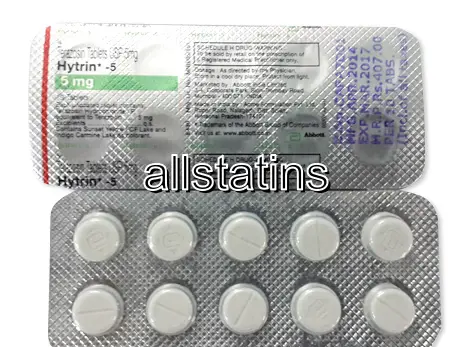| Package | Dosage | Price | Price per Dose | |
|---|---|---|---|---|
| Dosage: 1mg | ||||
| 240 pill | 1mg | AUD640.97 | AUD2.67 | |
| 180 pill | 1mg | AUD499.42 | AUD2.78 | |
| 120 pill | 1mg | AUD368.55 | AUD3.07 | |
| 90 pill | 1mg | AUD293.76 | AUD3.26 | |
| 60 pill | 1mg | AUD210.97 | AUD3.53 | |
| 30 pill | 1mg | AUD120.16 | AUD3.98 | |
| Dosage: 2mg | ||||
| 180 pill | 2mg | AUD755.81 | AUD4.19 | |
| 120 pill | 2mg | AUD558.17 | AUD4.65 | |
| 90 pill | 2mg | AUD451.34 | AUD5.02 | |
| 60 pill | 2mg | AUD333.83 | AUD5.56 | |
| 30 pill | 2mg | AUD197.61 | AUD6.57 | |
| Dosage: 5mg | ||||
| 90 pill | 5mg | AUD753.14 | AUD8.36 | |
| 60 pill | 5mg | AUD560.84 | AUD9.35 | |
| 30 pill | 5mg | AUD328.48 | AUD10.98 | |

Terazosin Hydrochloride Description
Overview of Terazosin Hydrochloride
Terazosin Hydrochloride is a medication primarily used to treat symptoms associated with an enlarged prostate, a condition medically known as benign prostatic hyperplasia (BPH). It belongs to a class of drugs called alpha-1 adrenergic blockers. By relaxing the muscles in the prostate and bladder neck, it helps improve urine flow and reduces symptoms such as difficulty starting urination, weak stream, and the need to urinate frequently or urgently. The medication is available in oral tablet form and is typically prescribed by healthcare providers after a thorough evaluation.
How Does Terazosin Hydrochloride Work?
Terazosin works by blocking alpha-1 receptors located in the smooth muscles of the prostate and bladder neck. When these receptors are inhibited, the muscles relax, leading to decreased resistance to urinary flow. This relaxation helps alleviate the common urinary symptoms caused by BPH. The medication also has a vasodilatory effect, which can lead to a lowering of blood pressure. Because of this, patients with certain cardiovascular conditions should be monitored closely when starting therapy.
Effectiveness and Benefits
Many users report a significant improvement in urinary symptoms within the first few weeks of therapy. The medication is generally well-tolerated and effective in reducing the discomfort and inconvenience caused by BPH. Terazosin’s ability to relax smooth muscles often results in better bladder emptying and fewer episodes of nocturia (nighttime urination). It can also contribute to an overall improvement in quality of life for men struggling with urinary difficulties. For patients with coexisting hypertension, the blood pressure-lowering benefits can be an added advantage.
Possible Side Effects and Precautions
Like all medications, Terazosin Hydrochloride comes with potential side effects. The most common include dizziness, especially after the first dose or dose increases, because of its blood pressure-lowering effects. Some users may experience fatigue, headache, or nasal congestion. In rare cases, there can be a sudden drop in blood pressure, leading to fainting or other related symptoms. Patients should start with the lowest effective dose and be cautious when standing up quickly to prevent falls.
It is important to inform your healthcare provider of any underlying health conditions, especially heart problems or kidney issues, before starting therapy. Combining Terazosin with other medications, particularly other blood pressure medicines, may increase the risk of hypotension. Patients are advised to report any adverse effects or unusual symptoms promptly. Regular follow-up appointments can help ensure safe and effective treatment while minimizing side effects.
Usage Recommendations
Typically, Terazosin is taken once daily, usually at bedtime to help minimize dizziness and other side effects. The dosage is carefully adjusted based on individual response and tolerability. It is essential not to abruptly stop taking the medication without consulting a healthcare provider. The medication should be taken consistently, with or without food, as prescribed.
Patients are encouraged to follow their doctor’s instructions and attend regular check-ups. In some cases, medication may be combined with other therapies for optimal management of BPH. Adherence to the dosing schedule and reporting any concerns can significantly enhance treatment outcomes.